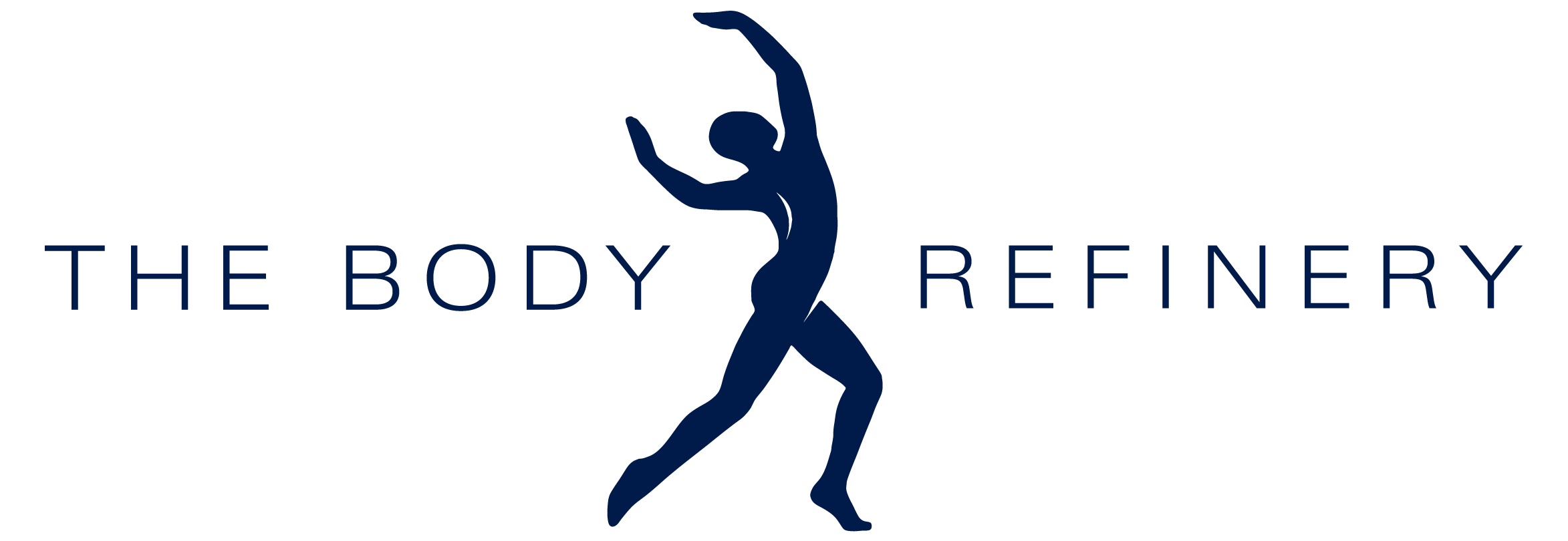When you think about Pilates, the first things that often come to mind are strength, flexibility, and improved posture. But there’s an interesting analogy that can deepen our understanding of why Pilates is so effective: it’s like reinforcing the chassis of a car.
The Chassis: The Backbone of a Car
In a car, the chassis is the frame that supports the vehicle’s entire structure. It’s the backbone that holds everything together, ensuring stability, balance, and better posture. A well-constructed chassis absorbs shock, distributes weight evenly, and keeps the vehicle running smoothly, even on rough roads.
Without a strong chassis, a car would be prone to misalignment, excess wear on parts and a higher risk of breakdowns. The chassis isn’t just important; it’s essential for the vehicle’s overall performance and longevity.
The Human Body: A Complex, Dynamic System
Our bodies, much like a car, rely on a strong, stable frame to function properly. In this analogy, the muscles in the abdomen, lower back, hips, and pelvis serve as the chassis of the human body. These muscles provide the foundation for movement, stability, and better posture.
Just as a car’s chassis supports its engine, wheels, and other components, these muscles support our spine, limbs, and internal organs. They are crucial in maintaining proper posture, preventing injuries, and facilitating efficient movement.
Pilates: The Reinforcement Process
Pilates is a method of exercise that focuses on strengthening these crucial muscles, much like reinforcing the chassis of a car. By building strength and stability in these areas, Pilates helps ensure that the rest of the body functions optimally.
1. Better Posture and Balance:
Just as a car with a reinforced chassis stays properly balanced on the road, a body strengthened through Pilates maintains better posture and balance. This reduces the risk of injury and enhances overall movement efficiency.
2. Shock Absorption:
Strong muscles in the abdomen, lower back, hips, and pelvis act like a reinforced chassis, absorbing the impacts of daily activities, from walking to lifting objects. This reduces strain on the joints and spine, much like how a well-constructed chassis protects a car’s components from road shock.
Pilates helps distribute physical forces more evenly throughout the body, just as a car’s chassis distributes weight evenly across its structure. This balanced distribution minimizes wear and tear on specific body parts, reducing the likelihood of injury and chronic pain.
4. Flexibility and Strength:
While a car’s chassis needs to be rigid to protect the vehicle, the human body benefits from a balance of strength and flexibility. Pilates enhances both, ensuring that the “chassis” of the body remains strong yet adaptable, capable of handling the demands of daily life.
Long-Term Benefits: Longevity and Performance
Just as a car with a reinforced chassis is likely to have a longer lifespan and better performance, a body strengthened through Pilates is more resilient, agile, and capable of withstanding the challenges of ageing. Regular Pilates practice can lead to better posture, reduced pain, and improved overall health—much like how a well-maintained chassis contributes to a smoother, more reliable ride.
In conclusion, Pilates is to the body what reinforcing a chassis is to a car: a fundamental process that ensures strength, stability, and longevity. By focusing on these key muscles and better posture, Pilates helps us build a resilient foundation, allowing us to move through life with grace, efficiency, and confidence.
Written by Rodney Wenceslao – Physiotherapist



